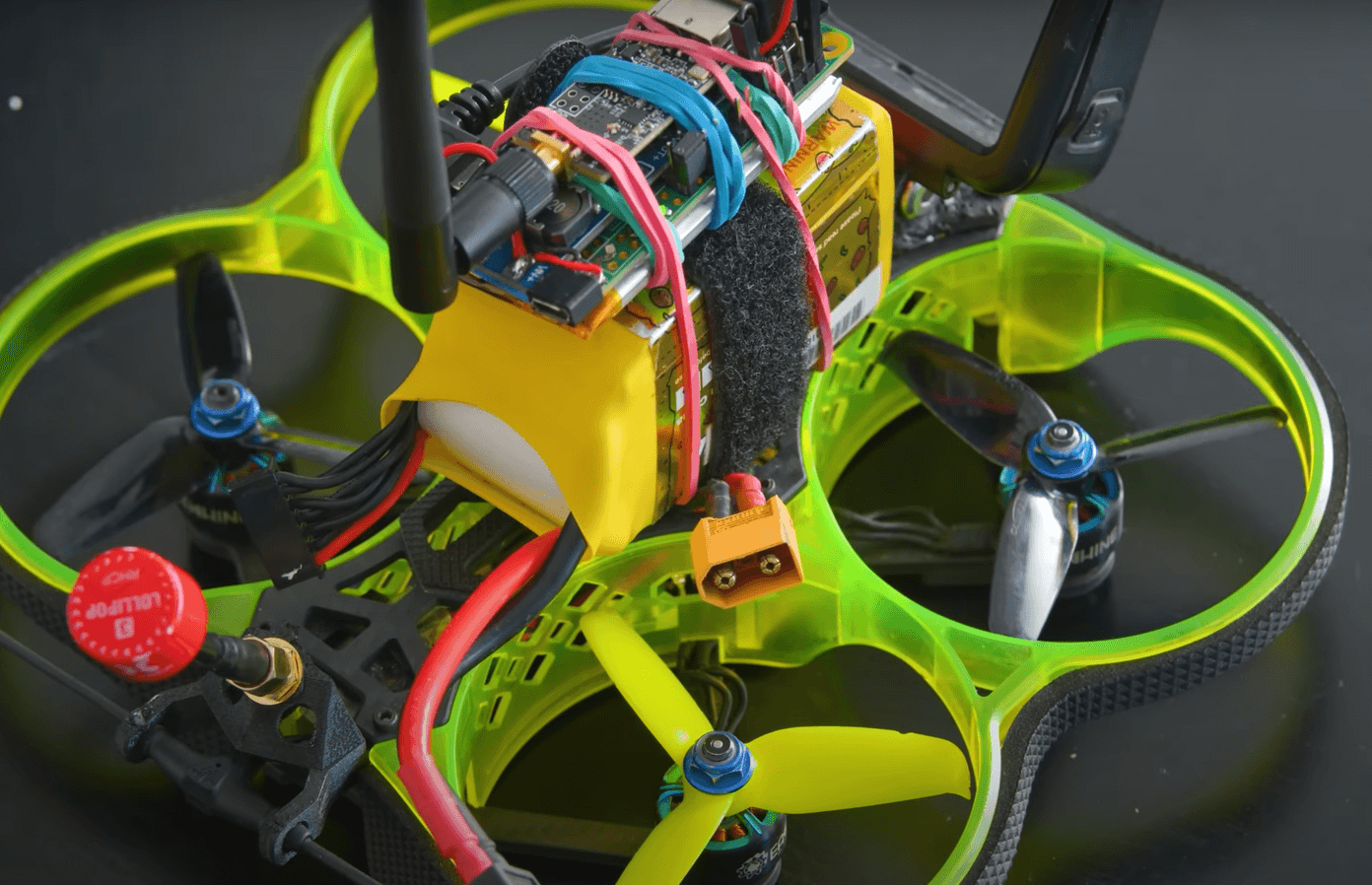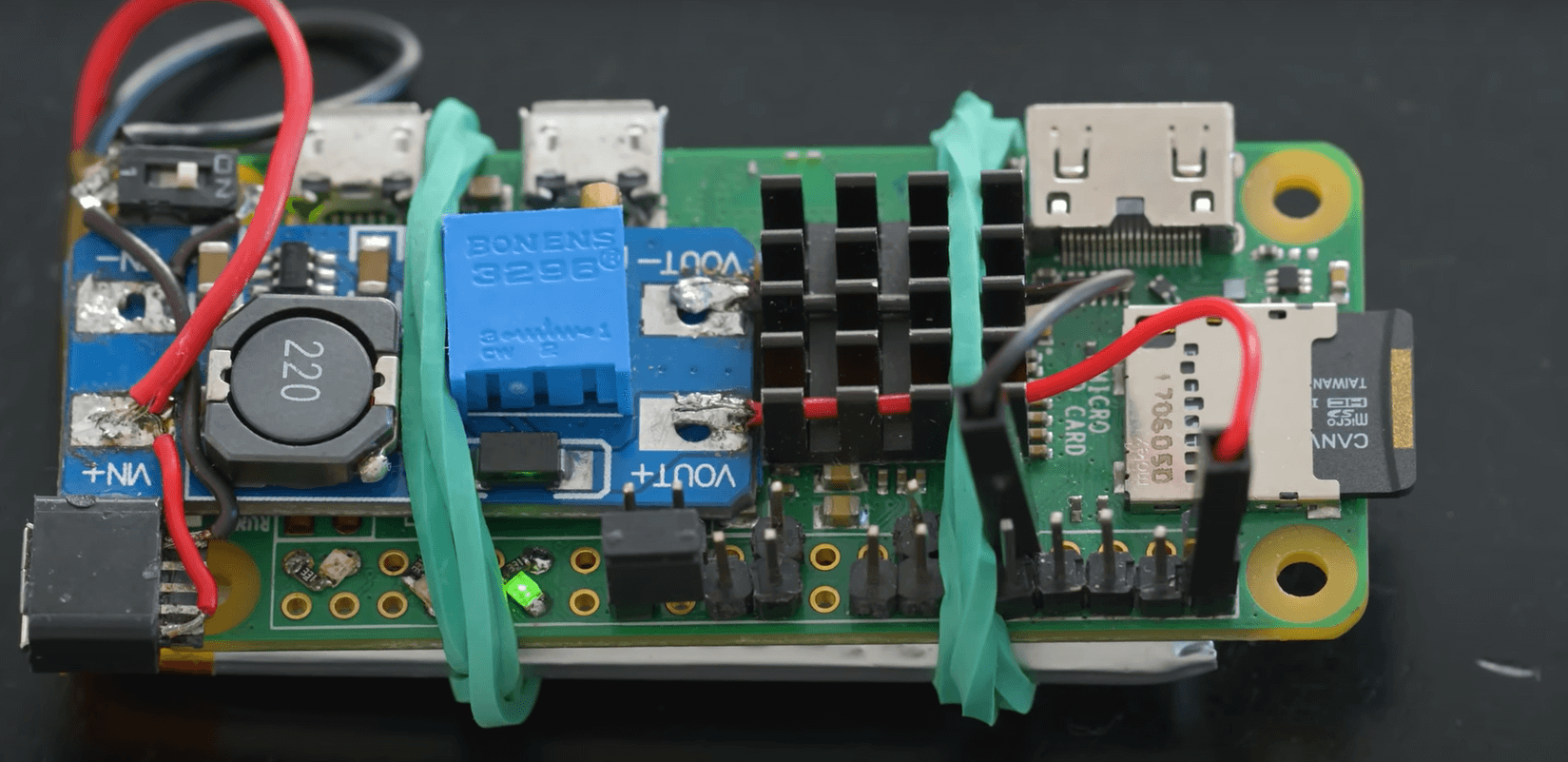In today's digital era, wireless technology has become an integral part of our lives. However, it is crucial to be aware of the potential security risks associated with wireless devices. The drones, capable of maneuvering where humans cannot, silently fly through fortified perimeters, entering buildings through open windows, and cause chaos in computer networks. With the aid of the Mouse Jack vulnerability, hackers can exploit wireless adapters found in numerous devices, using forged signals to gain unauthorized access to computers within a matter of seconds. This is often refered as flyby hijack attack. This article aims to shed light on the use of drones with Mouse Jack vulnerability and its implications for computer security.We will learn how are drones used for hacking, used for malware injection and exploiting cyber spaces. By understanding this threat, we can take proactive measures to safeguard our sensitive information and protect ourselves from potential attacks.

The Role of Drones in Hacking:
Drones, once considered mere recreational gadgets, have now emerged as potential tools for hackers. The use of drones in hacking operations provides a distinct advantage over traditional methods. Their small size and maneuverability allow them to breach secure perimeters and infiltrate spaces undetected. By leveraging the Mouse Jack vulnerability, drones can swiftly install malware onto computers, granting unauthorized access to critical systems.
These drones are small and nimble, allowing them to easily overcome physical obstacles and move quickly to specific locations, often without being detected. They exploit zero-click attacks, like Mouse Jack, to carry out their tasks smoothly without disrupting their flight. This method specifically targets the wireless adapters found in commonly used devices such as mice and keyboards, exploiting the insecure wireless radio interface of the NRF 24L chip. Many users are unaware of this vulnerability, which enables hackers to create fake signals that mimic legitimate devices, granting them undetectable access to their victims' computers.

Exploring the Mouse Jack Vulnerability:
Mouse Jack vulnerability is a wireless security flaw that exposes the potential risks associated with wireless mice and keyboards. This vulnerability stems from the fact that these devices operate on a separate radio channel that lacks proper authentication protocols. Hackers can exploit this flaw by intercepting and forging signals, allowing them to gain control over the compromised radio transmission. Once an attacker gains access to the compromised radio signal, they can execute keyboard inputs remotely, effectively compromising the targeted computer system. The attack can occur swiftly, leaving little to no trace. What makes Mouse Jack particularly concerning is its widespread nature, affecting popular wireless devices from reputable manufacturers such as Dell, Logitech, Microsoft, HP, and more. This vulnerability has remained despite its discovery back in 2016, highlighting the need for continued awareness and vigilance.
Understanding the Attack Process:
Imagine working in a secure facility or at home, assuming you are safe from hackers. Suddenly, a drone appears outside your window, and within seconds, it installs undetectable malware onto your computer. This attack, executed through the Mouse Jack vulnerability, compromises corporate networks as well, granting unauthorized access to critical systems. The attack happens swiftly and can go unnoticed, posing a significant threat to individual and organizational security.
Furthermore, the execution of a Mouse Jack attack involves several components and techniques. Hackers can leverage drones to carry out the attack, capitalizing on their agility and ability to navigate restricted areas. These drones are equipped with a hacking device that takes advantage of the Mouse Jack vulnerability. By flying the drone near the target's window, the attacker can initiate the attack without raising suspicion.
Once the drone is in proximity, it deploys malware onto the target's computer within seconds. The malware is designed to exploit the compromised radio signal of the wireless mouse or keyboard, granting the hacker unauthorized access to the victim's system. The attack occurs swiftly and inconspicuously, often without the victim realizing that their computer has been compromised.
The Mouse Jack vulnerability is particularly concerning due to its potential to extend beyond individual targets. In corporate settings, a successful attack can pave the way for the hacker to infiltrate the internal network and gain access to sensitive company information. This can lead to severe consequences, including data breaches, intellectual property theft, and financial loss.
Mitigating the Risks:
To safeguard against Mouse Jack attacks and other wireless security risks, several preventive measures can be taken. It is crucial to check if your devices are vulnerable to Mouse Jack attacks and look for firmware updates from manufacturers to address these vulnerabilities. If updates are not available, consider replacing affected wireless devices with more secure alternatives. Wired devices provide a 100% guarantee against wireless attacks, making them a viable option for sensitive information.
Comprehensive Security Solutions:
In addition to individual actions, comprehensive security solutions can further mitigate risks. Transaction monitoring, email and phone verification, anti-fraud measures, and pixel analysis technologies combine to create a holistic compliance framework. These technologies help detect and prevent fraudulent activities, ensuring the security of sensitive information.
Awareness and Education:
Raising awareness and providing education about wireless security risks is vital. Regular training sessions, workshops, and updates on emerging threats empower individuals to adopt secure practices. Encouraging the use of two-factor authentication, promoting strong passwords, and educating employees about phishing emails and social engineering tactics enhance overall security posture.
Collaboration and Responsible Technology Use:
Addressing wireless security challenges requires collaboration between individuals, businesses, and technology manufacturers. By working together, stakeholders can establish secure protocols, release regular firmware updates, and establish industry standards. Regulatory bodies and industry associations also play a vital role in developing guidelines and holding companies accountable for addressing vulnerabilities. Read about effected devices >
Conclusion
Wireless technology brings convenience, but it also introduces security risks. Understanding the Mouse Jack vulnerability and adopting a proactive approach to wireless security is crucial. By leveraging comprehensive security solutions, raising awareness, and promoting responsible technology use, we can protect our devices and data from potential attacks. Let us stay vigilant, informed, and committed to ensuring a secure digital environment.
Disclaimer:
The information provided in this article is for educational purposes only. It is not intended to encourage or promote any illegal activities. Users are advised to adhere to legal and ethical guidelines when using wireless technology and seek professional advice for specific security concerns.
